Friday 4th March to Tuesday 8th March
It was a bit of a battle getting here. We set off from Nevis towards Montserrat on the Friday at 6am and when we got out from behind the lee of Nevis found ourselves motor sailing into strong force 5 to 6 winds and big seas. After two hours of making too little progress in the wrong direction and not enjoying ourselves much at all, we decided that we might not make land before nightfall so turned back towards Nevis. On the way back we were treated to a spectacular display by humpback whales breaching, throwing themselves out and clear of the water and landing back with a huge splash. It was too far away to take photos and too amazing to want to miss a moment whilst looking for a camera, so I have cheated and googled a picture to remind me.
Rather less than two hours later we picked up the same buoy as before on Nevis and decided to spend the day in Charlestown, the capital, being tourists and visiting the museum etc. When we tried to start the outboard, the pull cord was so badly frayed that it looked about to snap and the afternoon was spent taking the outboard apart yet again and replacing the cord. I do wonder why things are endlessly going wrong and breaking on Vega. Is this an inherent problem with boating? Sadly I think it is. By the time we’d sorted the outboard it was too late to go into town so we headed over to the beach to drink beer in the Sunshine Bar, with Bob Marley playing.
The next morning we set off at 2am. The wind was still from the south-east but less strong and the sea a little less lumpy than the day before but it was still a struggle motor sailing directly into the wind. Halfway to Montserrat we passed the Kingdom of Redonda, an uninhabited and barren island about 8 miles long, with sheer cliffs rising straight up out of the sea. It was ‘discovered’ by Columbus in 1493, who named it whilst sailing past, although he never set foot on it. It has a king, the current one being King Michael the Grey, a British travel writer, who inherited the title from King Robert the Bald upon his deathbed, although there are other claimants to the throne. King Michael did briefly set foot on the island in 2009 when he visited by helicopter soon after his official coronation in Antigua and raised his standard. A former monarch, King Juan I, used to hold court in the Alma Tavern in Westbourne Grove, West London, in the 1950s, where he bestowed titles of nobility in exchange for buying him a drink. Dukes of the Realm included Dirk Bogarde, Diana Dors, Vincent Price, Dylan Thomas and JB Priestley.
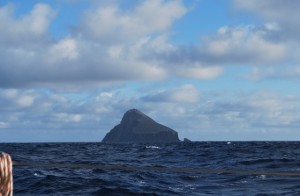
After 8 hours beating into the wind we finally dropped anchor on the northwest of Montserrat in Little Bay. Montserrat is a volcanic island and a British Crown Colony, that, unlike other Caribbean islands colonised by the British, has never wanted self-government or full independence from Britain and continues to have a British Governor. There were half a dozen other yachts at anchor and it being a Saturday, customs was closed. However the customs officer would come out to complete formalities and allow us to visit the island but for an overtime fee. Fair enough. She only looked mildly grumpy when she arrived and we filled in the usual forms in triplicate.
Montserrat is very quiet and undeveloped, with few tourists, but it wasn’t always that way. It was once a glamorous destination for the rich and famous, with beautiful homes built on the hillsides overlooking an exclusive golf course, cruise ships regularly visiting the deep water harbour at the capital, Plymouth, and with a recording studio built by Sir George Martin where the Stones, Eric Clapton, The Police, Michael Jackson and many others have recorded. And then in 1989 came Hurricane Hugo, which destroyed over 90% of the buildings on the island. The island slowly recovered and was becoming a chic destination again when in 1995 the volcano in the Soufriere Hills, which had been inactive for over 400 years, erupted and continued to do so intermittently for the next 10 years, burying Plymouth and the golf course in pyroclastic flows of rock and ash. Nineteen people, mostly farmers caught out in the fields when the volcano erupted again, lost their lives. The capital was abandoned as was all the land and housing in the south of the island, and the southern two-thirds of the island is now an uninhabited Exclusion Zone, which can only be entered with police permission.The population from the south, where the capital and the richest farming land were, lost their homes, businesses and livelihoods. They either tried to rebuild their lives on the north of the island or, after living in emergency accommodation, emigrated to the UK, eventually being given a paltry package by the British Government to resettle, but did not get compensation for their lost homes or land. The population dropped from 11,000 and is 4,900 today. Since then Montserrat has been given, over the years, £400M in UK aid to help rebuild but there are allegations of corruption, lack of planning and poor accounting etc. The main industry on the island is currently construction, which is evident in new roads and a new airport, government buildings, sports facilities etc, but the tourist industry is slow to revitalise, which is probably why, for us, it was so charming to visit. It feels unsophisticated as if stepping back in time to how Caribbean islands were in the 1950s.
We took a morning tour with guide Mr Cecil Wade, who had grown up in the north of the island wishing that his family lived in the south… until the volcano erupted. He took us to the Monserrat Volcano Observatory, where the volcano is monitored by vulcanologists. There were over a hundred experts from around the world having a conference there in 2005 when the volcano last erupted, which must have been particularly exciting for them. We also went to a viewpoint in the exclusion zone overlooking Plymouth, a desolate grey region with ruined buildings where there was once a vibrant and colourful Caribbean town. The air had a sulphurous smell and there was steam coming from the top of the volcano. We looked around deserted houses and hotels, one in particular full of ash and debris from the eruption. He also showed us the cheery red and yellow Fire Station and the prison (currently 16 inmates serving time for minor felonies and domestic violence). As I returned back to his car after taking some photos I was surprised to find a strange man sitting in the driver’s seat, who said “Welcome to Montserrat” as I realised I had got into the wrong car. We get told “Welcome to Montserrat” wherever we go.
The island is beautiful, the mountains of the north with lush vegetation covering the hillsides. It was on the south of the island where the sugar plantations were and where the richest agricultural land is. The island was gearing up for St Patrick’s Day on March 17th and there were signs up in the port office and in shops and the bank wishing a ‘Happy St Patrick’s Day’. We were told that a week long celebration takes place in a couple of weeks time with music, food etc and many visiting Irish, Montserrat being one of only two places in the world where St Patrick’s Day is a public holiday. The history of the settling of Montserrat is interesting and I have read differing accounts. Some say that many Irish came in the 17th century as settlers or as indentured servants to work the sugar plantations, from Ireland trying to seek a better life, or as Catholics from other New World colonies and in particular to escape persecution from Protestant rule on neighbouring St Kitts. Other accounts say that they were slaves. That Irish soldiers, political prisoners and children were captured and forced onto transport ships to be brought over to the West Indies and sold to work for English planters and settlers. That many thousands of Irish were forced into slavery from the time of Elizabeth I on and particularly during Oliver Cromwell’s war against Ireland and that conditions for them were brutal. In 1637 the population of Montserrat was 70% Irish but as time went on the Irish labour was insufficient to maintain the plantations and African slaves were shipped over in horrific conditions to continue cane sugar production. St Patrick’s day celebrations also commemorate a failed slave uprising that occurred on 17 March 1768.
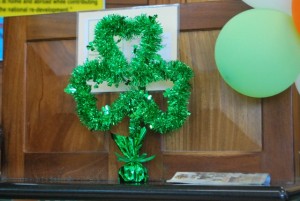
Otherwise we spent a fairly lazy three days on Montserrat, some easy walks, swimming from the boat, snorkelling, drinking beer in beach bars. We found an unlikely Donald Trump supporter in a bar proprietor who had lost his restaurant in Plymouth to the volcano. He felt Trump voiced what other politicians thought and it would benefit the world when Trump sent the US Army out to eradicate all terrorists. We seem a million miles away from what is going on in most of the world and watch with trepidation as the US presidential election primaries unfold. It seems inconceivable that Trump could be elected by the majority of the US electorate.
We left our anchorage in the early hours of the Tuesday for Guadeloupe.
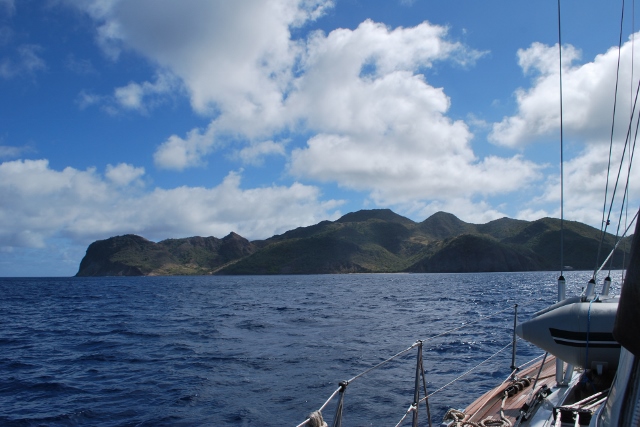
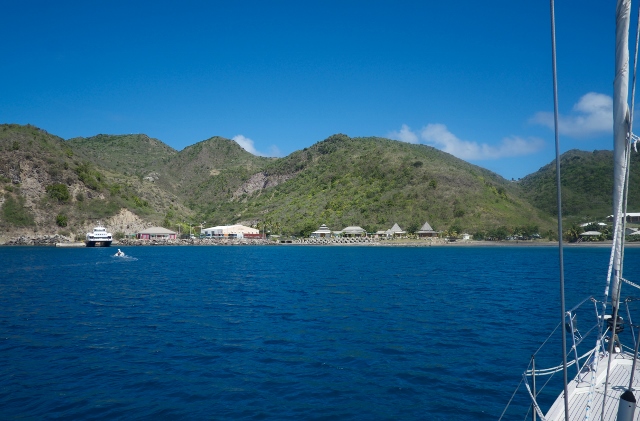
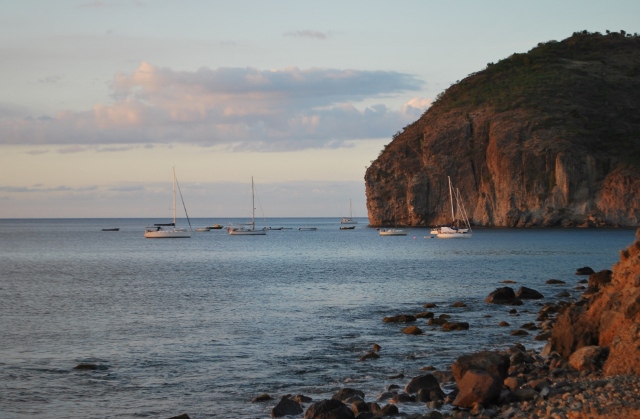
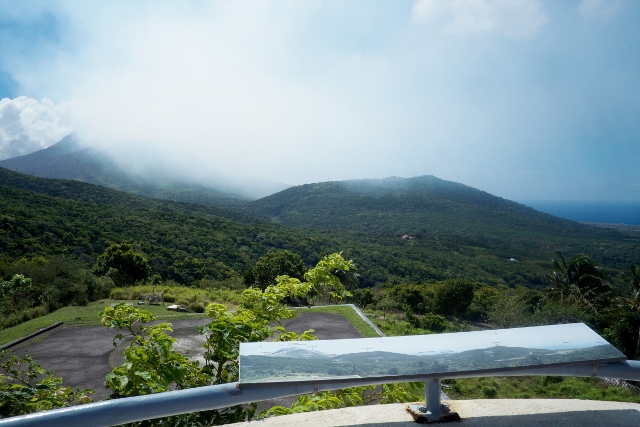
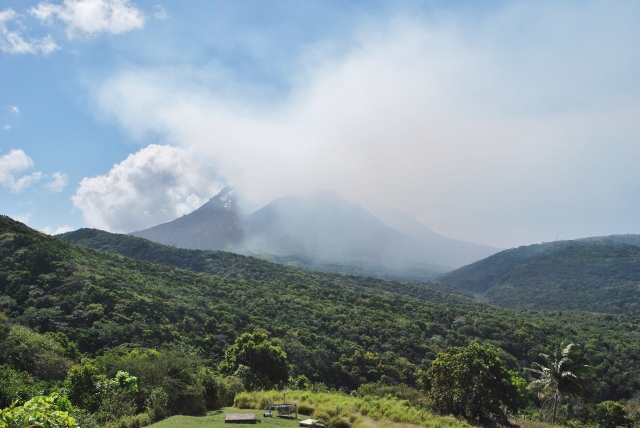
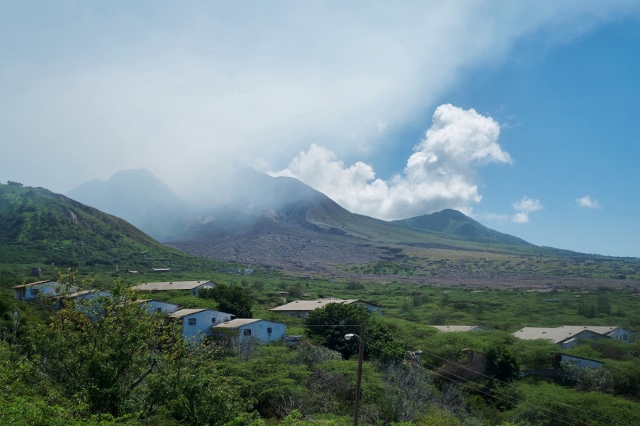
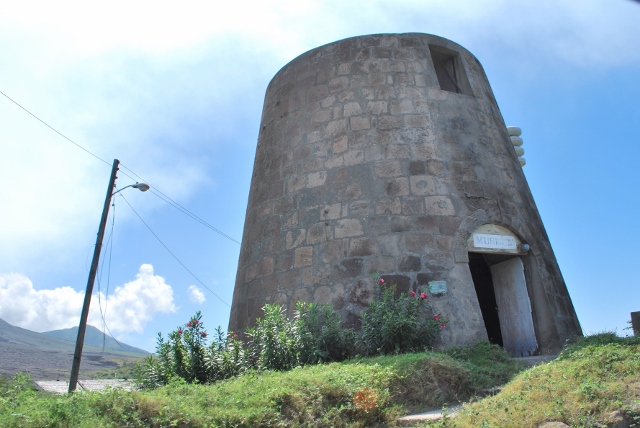

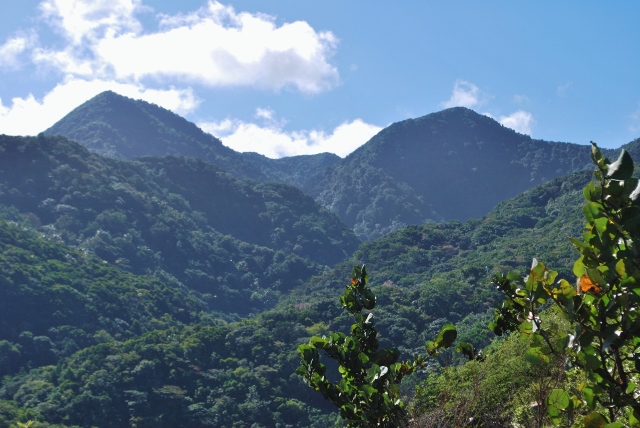
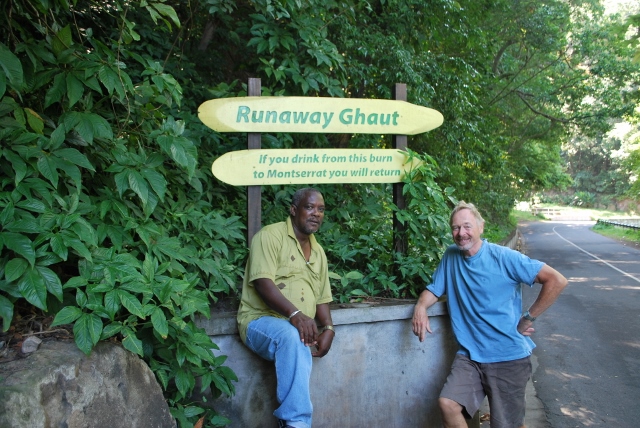
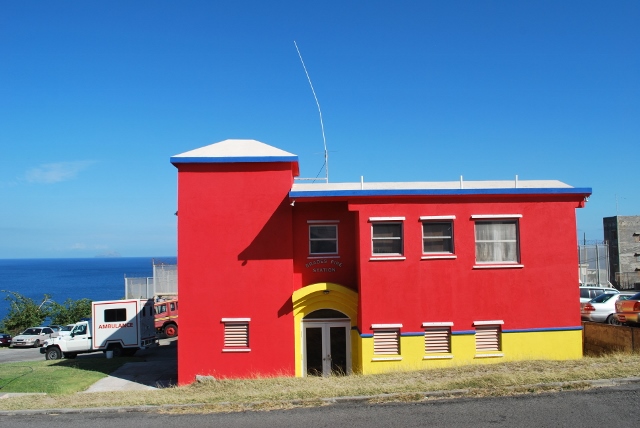
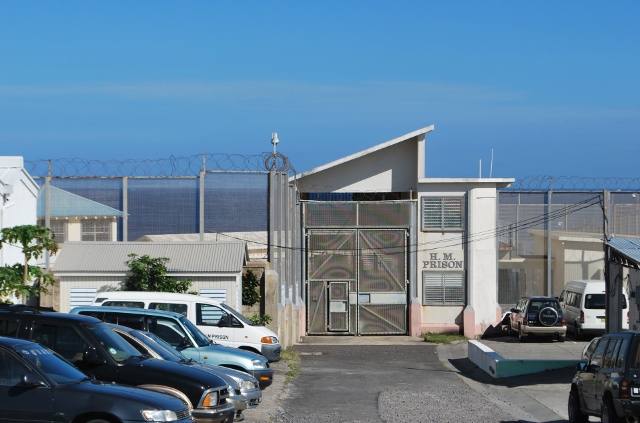
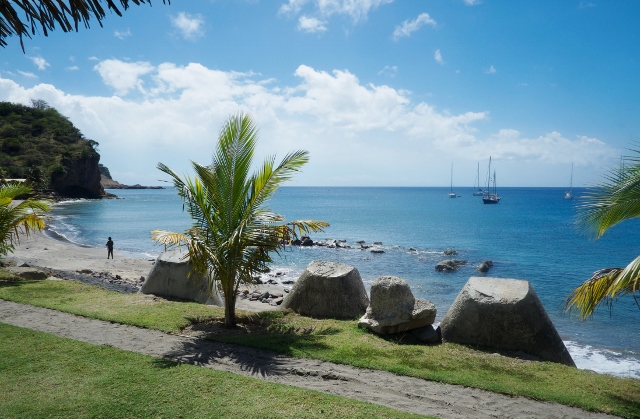
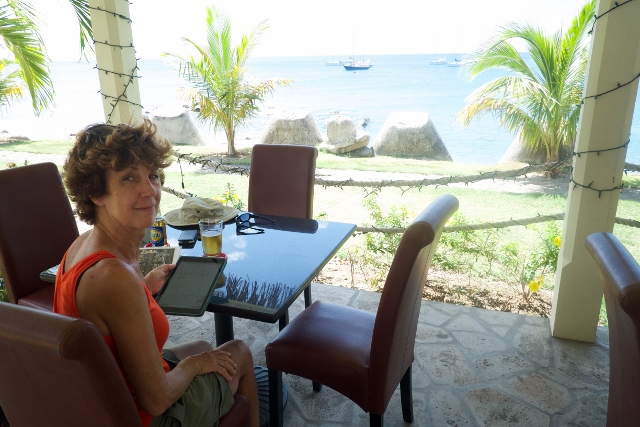
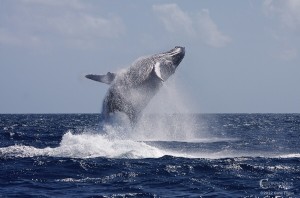
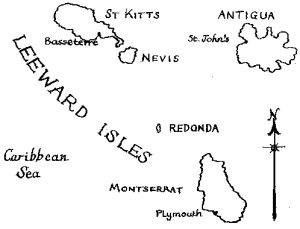

6 Comments
Peter Baylis
March 18, 2016 - 6:59 pmVery interesting. We have sailed past Montserrat but not visited. And yes – I agree that boat bits breaking is an inherent problem. It applies even on well founded boats like ours.
annie
March 20, 2016 - 7:58 pmAnd so many bits to go wrong…. but then the joy of a visit to the chandlery to look for new bits xx
Ps I can never remember if it’s chandlery or chandlers.
Annie
March 18, 2016 - 7:00 pmAnnie, it must take you ages to put these blogs together. I’m far too lazy although I do keep a diary whenever I’m travelling.
annie
March 20, 2016 - 7:55 pmThey do take time but I hope to put them, and Hugh’s blog, into a book to look back on in our dotage and to be cherished by our grandchildren (ie. binned) xx
Mark Stanley
March 20, 2016 - 11:34 amRe Hugh’s blog about rusting. One of the projects in my first job as a junior metallurgist involved salt water corrosion testing. Non techies stop reading now…. I seem to remember that stainless steel has an oxide coating that protect the underlying metal. It’s slightly porous so you can get a bit of rust coming though that’s easily polished off. Titanium’s better ( but v prIcey). Aluminium is terrible in salt water, and magnesium would be powder before you left harbour.
How’s your sax doing ?
annie
March 20, 2016 - 7:53 pmInteresting stuff Stan. I’ll pass it on to Hugh. The sax is showing no signs of rust, perhaps because it is not appearing from the safety of its case very often x